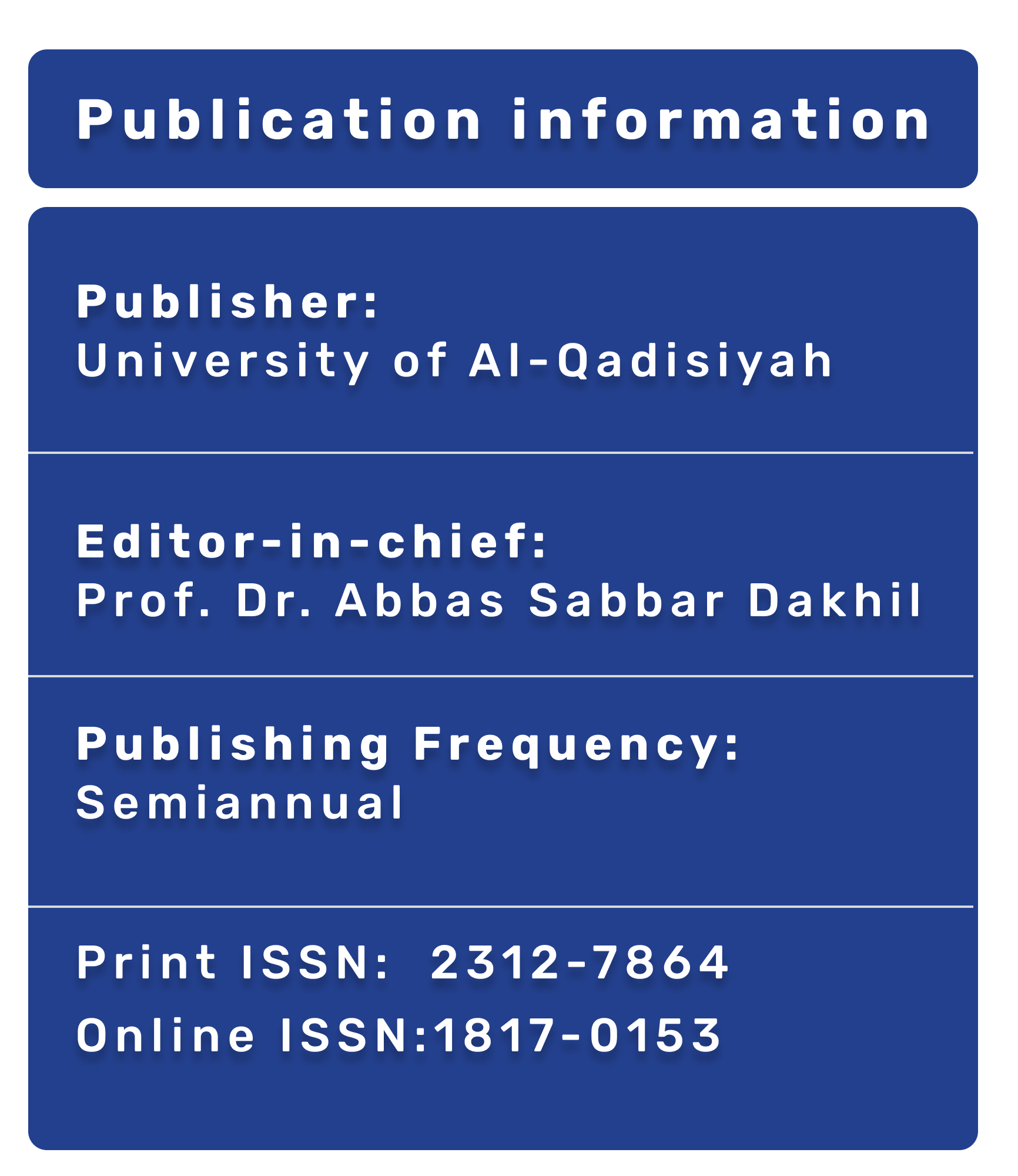Psychoneurotic Profiles Of Thalassemia.
DOI:
https://doi.org/10.28922/qmj.2009.5.8.23-38الملخص
Background:Thalassemia is chronic disabling disease which have both physical and psychological consequences. Thalassemic patients are receiving medical care that is the focus of major attention with lesser focus on the psychiatric aspect of the illness. Early diagnosis and appropriate management of psychiatric disorders among thalassemic patients may improve the outcome , prognosis and overall quality of patients life.Objectives :To determine psychoneurotic profiles in thalassemic patients and to find out rates of anxiety, phobia, obsession, somatization, depression &hysteria.
Method:The sample of the study was consisted of case group and control group. Each of the two groups include 80 thalassemic patients and 80 normal people respectively. The self-rating inventory Crown Crisp Experiential Index( CCEI) has been used to study their psychoneurotic profiles.
Results :The study revealed that the frequency of psychiatric morbidity was significantly high among thalassemic patients.The rate of psychiatric symptoms was 87.5% vs.21.25% among thalassemic free people.The rate of somatization(92.5%), phobia(88.8%), anxiety(85%), obsession(83.8), hysteria(81.3%) and depression(76.3).The most common psychiatric symptom was dizziness and shortness of breath and the least common one was feeling loss of sympathy with others.
Conclusions :The psychiatric morbidity of thalassemic patients is remarkable and suggest that all patients with thalassemia should undergo psychiatric assessment and Psychosocial aspects need to be addressed in the overall treatment of children with thalassemia.








